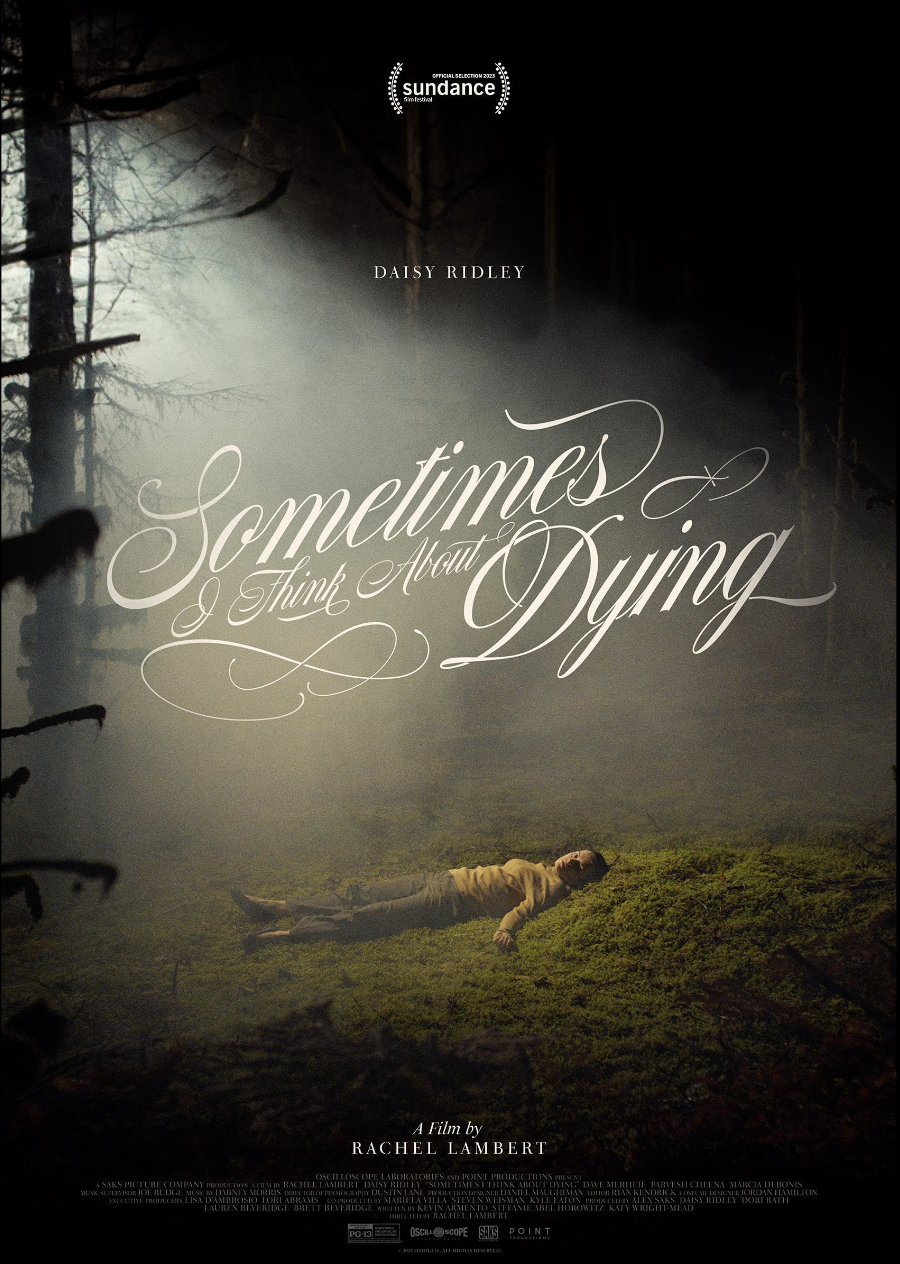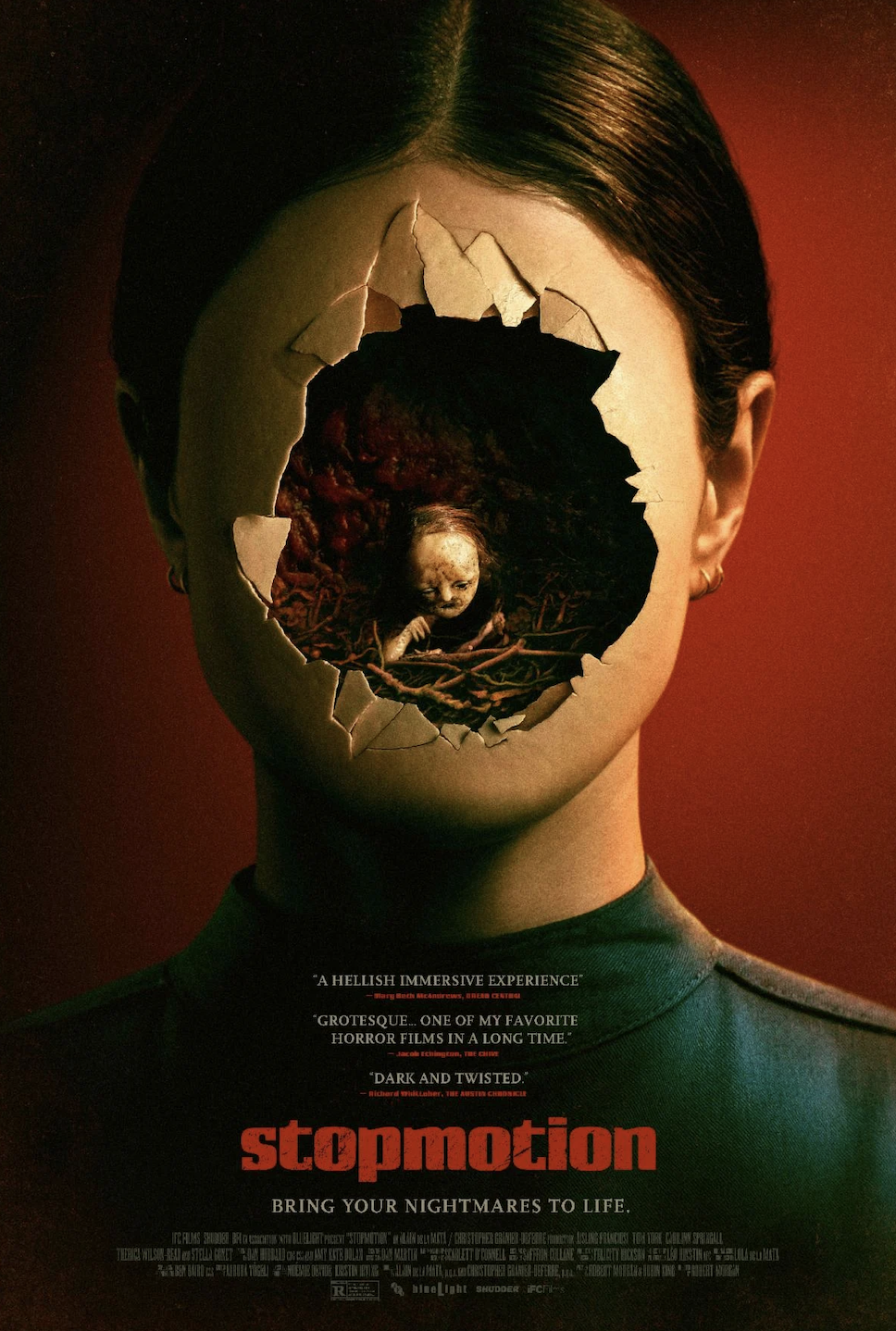Graphic by Betty Smart ’26
Contains spoilers for “Weapons” and “Barbarian.”
By Sarah Berger ‘27
Arts & Entertainment Editor
If you’ve been online in the past several months, chances are you’ve seen a trailer for “Weapons.” The premise of the movie is immediately intriguing. One night, all the children in a classroom at school disappear, arms splayed out as they fal into the void. All of them… except one. “Weapons” centers on the children’s teacher — who is the prime suspect — as well as the father of a missing child, the school principal, a police officer, and a man addicted to drugs. The first hour or so of the movie is incredible. Although your feelings about each of the different characters may vary, the way suspense is built through each of their perspectives is highly effective. The viewer repeatedly sees the same scenes play out, with different details added each time,culminating in a reveal where “Weapons” will either grab you or lose you.
The reason that the children disappeared is a witch. The ultimate success of this reveal depends on both what you were expecting and what you’re willing to tolerate. There are allusions to the supernatural early on in the movie, but most of them turn out to be dreams. About twenty minutes before the big reveal, it may be obvious that something paranormal is at play, but perhaps not, making it an effective surprise, but maybe not a welcome one.
While what the witch represents is truly horrible — lack of agency, loss, forced silence, selfishness — since she is the physical manifestation of these things, it’s important to consider what she looks like. She’s an old woman who wears obscene amounts of makeup, dresses in outdated clothes, and has hair a clownish orange reminiscent of Pennywise the Clown. Horror movies are often reliant on grotesque and cartoonish representations of evil, for better or for worse, but considering director Zach Cregger’s former work, a theme emerges. In 2022’s “Barbarian,” one of the antagonists was an emaciated nude woman known as Mother. Although Mother wasn’t necessarily framed as evil, her presence made up the movie’s primary scares. Mother subjugates the characters of “Barbarian” in order to fulfill her desire to parent. Gladys, the witch in “Weapons,” forces the residents of the town into a catatonic state in order to remain young and/or healthy. It seems as though the worst thing that Cregger can imagine is an unattractive woman with inconvenient desires.
Weapons is not a comedy. It can be heartbreaking and terrifying, with many scenes that are best watched from in between your fingers. It’s a shame that it forgets this in its last ten minutes, in which the missing children are directed by magic to chase Gladys. The ensuing scene, while conceptually cathartic, relies far too heavily on comedy. The children smash through windows. The sound cuts in and out. A neighborhood father complains about the effect that the Witch’s eventual dismemberment has on his lawn. It would better fit a chase scene from Looney Tunes than the conclusion to a horror movie. In the context of the rest of the plot, the scene is silly, undercutting the terror the movie has worked so hard to create.
“Weapons” could have been memorable for its plot and tone, but instead, it is more likely to be remembered for the seemingly unnecessary, over the top grotesquery achieved by countless horror movies before it.
Quill Nishi-Leonard ’27 contributed fact-checking.


















